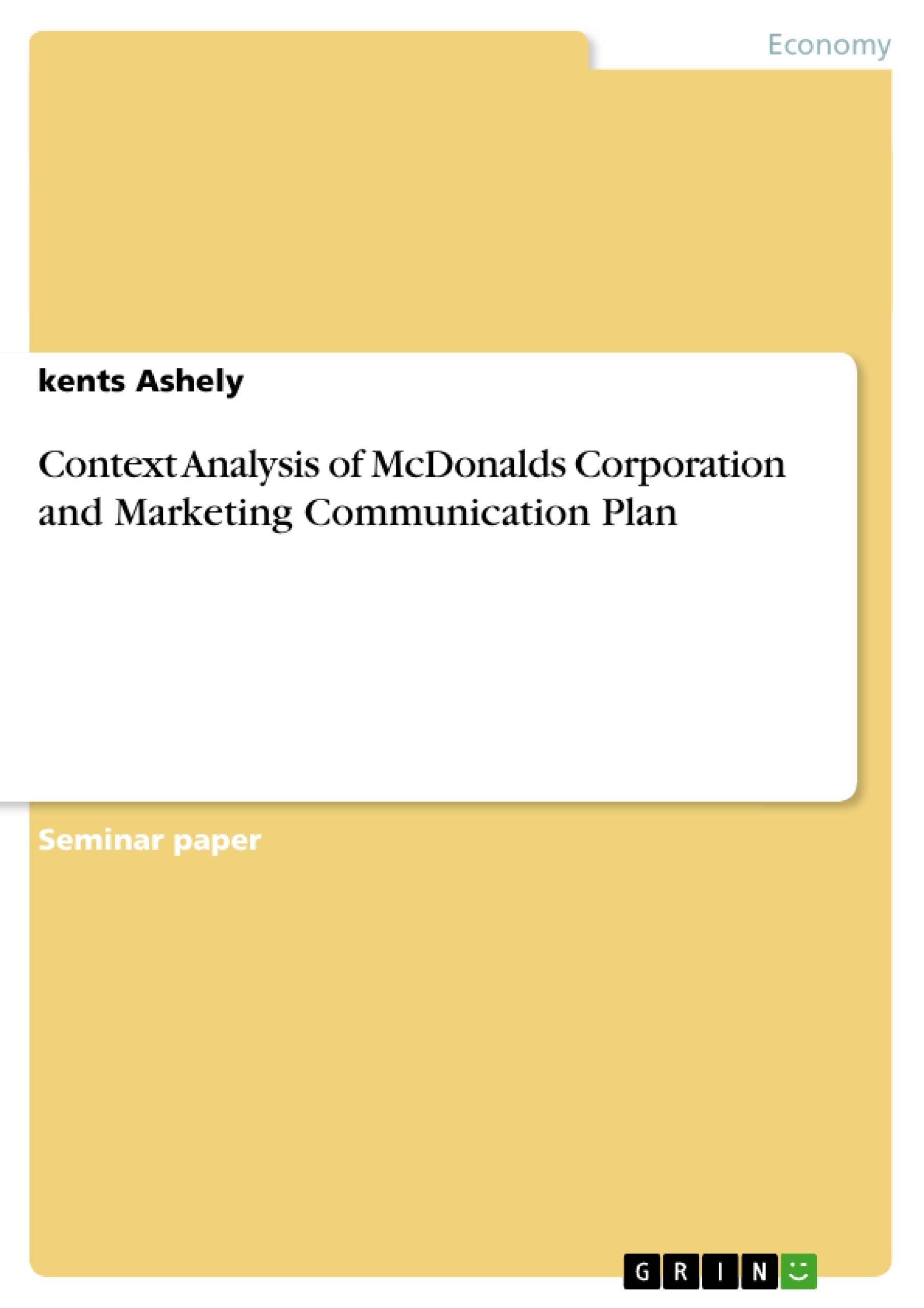Marketing is part and parcel of everyday life with every transaction being marketing or a business initiative of some kind. As Mullins & Walker (2010) put marketing is a social process that involves those activities that are necessary to enable individuals and organizations to get what they need or want by conducting exchanges with other people so as to establish a continuous exchange relationship. It is also possible to say that marketing is in vain if relationships are not created with the consumers to enable the firm get repeat buying from the customers. The strong brands not only in the UK but also around the world have worked hard to ensure that people know their brands in a sense that they have made it possible for people to establish a personal attachment to the brands. This kind of loyalty is what makes organizations excel and post impressive financial results. Through this therefore it is possible to see the value of communication in business. Relationships are only built through constant communication with the customers and this happens through a variety of ways. For companies to succeed they need to have an integrated promotional mix in which they pass information to consumers to increase their presence in a given market and to increase customer understanding of their products and services. The Integrated marketing communication hence is a process of building and continuously reinforcing mutually profitable relationships with various stakeholders such as employees, consumers and the general public, through the development and coordination of a strategic communications program that enables stakeholders to make a constructive contact with the company brand through different media (Fill, 2009).
Introduction
Marketing is part and parcel of everyday life with every transaction being marketing or a business initiative of some kind. As Mullins & Walker (2010) put marketing is a social process that involves those activities that are necessary to enable individuals and organizations to get what they need or want by conducting exchanges with other people so as to establish a continuous exchange relationship. It is also possible to say that marketing is in vain if relationships are not created with the consumers to enable the firm get repeat buying from the customers. The strong brands not only in the UK but also around the world have worked hard to ensure that people know their brands in a sense that they have made it possible for people to establish a personal attachment to the brands. This kind of loyalty is what makes organizations excel and post impressive financial results. Through this therefore it is possible to see the value of communication in business. Relationships are only built through constant communication with the customers and this happens through a variety of ways. For companies to succeed they need to have an integrated promotional mix in which they pass information to consumers to increase their presence in a given market and to increase customer understanding of their products and services. The Integrated marketing communication hence is a process of building and continuously reinforcing mutually profitable relationships with various stakeholders such as employees, consumers and the general public, through the development and coordination of a strategic communications program that enables stakeholders to make a constructive contact with the company brand through different media (Fill, 2009).
Context Analysis
At the initial stages of marketing communication is the idea of context analysis which essentially refers the process of determining and understanding communication drivers which are likely to have an effect on the brand. In context analysis, market research data about the target audience is highly appreciated. The needs, motivations, attitudes and decision making characteristics are very important kinds of information for a successful marketing communications plan (Fill, 2009). The information explained above is usually available at this time of the planning process because it is gathered from the marketing plan. Fill (2009) says that context analysis will usually contain information on several but related contexts which enhances the marketing communications plan. The information thus emphasizes on the business context, the stakeholder context, the organizational context and the environmental context. The main purpose of the content analysis therefore is to understand the current situation if the product brand or the company. The current situation will then help the management in crafting the marketing communications plan (Pickton & Broderick, 2005).
McDonald’s business context
The company is rated as among the UK’s top 100 super brands with local and international recognition. The company is a leading global food service retailer with over 30, 000 local restaurants that serve over 68 million people in a day. The company has a physical presence in over 119 countries around the world. The company values safe, quality food. It believes in affordability and convenience and providing the customers with an enjoyable experience through a service that they can always count on. The company’s business foundation is based on the espoused values that promote a culture of doing things the right way. It believes in responsible business and follows ethics for doing business (McDonalds, 2011).
[...]
- Quote paper
- kents Ashely (Author), 2011, Context Analysis of McDonalds Corporation and Marketing Communication Plan, Munich, GRIN Verlag, https://www.grin.com/document/270809
-

-

-

-
Upload your own papers! Earn money and win an iPhone X. -

-
Upload your own papers! Earn money and win an iPhone X. -

-
Upload your own papers! Earn money and win an iPhone X. -

-
Upload your own papers! Earn money and win an iPhone X. -

-
Upload your own papers! Earn money and win an iPhone X.

